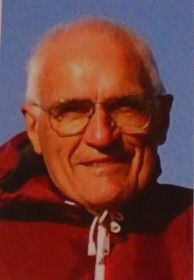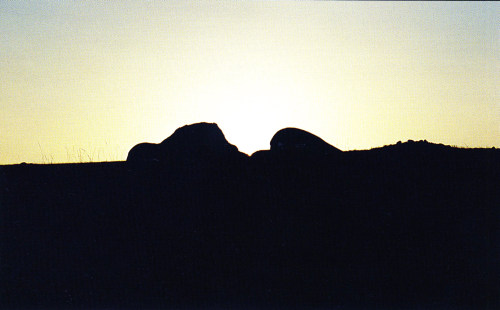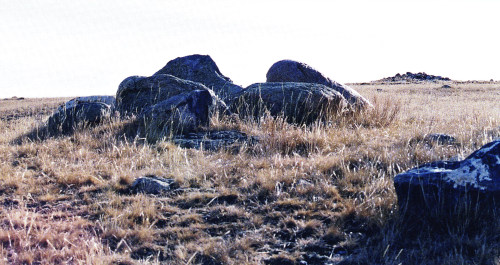ASTRONOMY: Canada's Stonehenge in 3200 BC,
and Gregory's Bologna in AD 1575
 Guest speaker: Gordon Freeman
Guest speaker: Gordon Freeman
When: Saturday, June 25, 2016, from 2:00 to 4:00 p.m.
Where: Herb-Linder Annex (BowlingGreen)
303 Beaconsfield Blvd, Beaconsfield, H9W 4A7
Lecture in English followed by a bilingual question period.
Mr Freeman and his wife discovered the Sun Temple near Majorville in southern Alberta on 21 August 1980. Since then they have lived on the site for many days in Summer, Fall, Winter, and Spring, in all months except February. A total of about 250 days.
The Temple contains accurate solar and lunar calendars, marked with long lines of stones or cairns that point exactly to rise and set points of the Sun and Full Moon at calendrical hinge dates: the Summer and Winter Solstices, and the Spring and Fall Equalday/nights. (In Old English, henge means hinge, hence the name Stonehenge.)
The most exciting discovery was that the dates when the day and night are each exactly 12.0 hours long, the Equalday/night, are NOT the dates of the so-called Equinoxes in our calendar, the Gregorian Calendar.
Mr Freeman will show how the solar calendar worked on the Great Plains in 3200 BC, and in Gregory’s Bologna in AD 1575. And tell why Pope Gregory XIII deceptively gave a wrong dates to the Equinoxes (Equalnights) in AD 1582.
New discoveries are still popping up as he analyzes the 13,000 photographs of the site.
The Sun rose at a time and place that changed our history.


Rocks that speak without sound and know without words.
Gordon Freeman was born in 1930 in Hoffer, Saskatchewan, and was introduced to Stone Age artefacts at the age of six. His father collected stone projectile points and stone tools from the Saskatchewan prairie after dry winds had blown away tilled soil.
He obtained an M.A. from the University of Saskatchewan, a Ph.D. from McGill, and a D.Phil. from Oxford. He is a Chemical Physicist, was for ten years Chairman of Physical and Theoretical Chemistry at the University of Alberta, and for thirty years Director of the Radiation Research Centre there. He is now a Professor Emeritus. For fifty years he has pioneered interdisciplinary studies in chemistry, physics, archaeoastronomy, and human societies. He has more than 450 publications in chemistry, physics, archaeoastronomy, and other subjects.
As a hobby he visited many archaeological sites in Canada, the United States, Britain, Ireland, Europe, and Asia. In 1980 he and his wife Phyllis discovered a 5200-year-old Sun Temple in southern Alberta, and have studied it ever since. In 1989 they took observation techniques they had developed in Alberta to England, to resolve the controversy that surrounded a possible calendar in Stonehenge. The astonishingly beautiful, nearly the same, ancient calendars in southern Alberta and Stonehenge have far ranging implications for international prehistory and history.
Relevant book by this author: HIDDEN STONEHENGE: Ancient Temple in North America Reveals the Key to Ancient Wonders, London, Watkins Publishing, 2012
================================================



